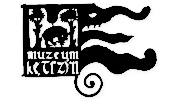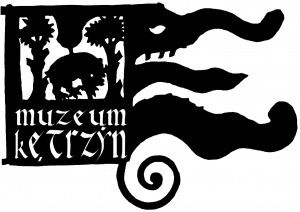 The Wojciech Kętrzyński Museum in Kętrzyn is one of the oldest museums in Warmia and Mazury. It has been operating continuously since February 26, 1946. In 1987, it became a community museum, one of the first in Poland.
The Wojciech Kętrzyński Museum in Kętrzyn is one of the oldest museums in Warmia and Mazury. It has been operating continuously since February 26, 1946. In 1987, it became a community museum, one of the first in Poland.
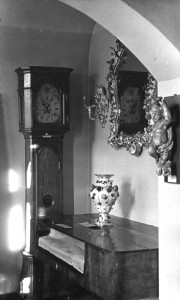 The museum was founded on the initiative of Zofia Licharewa, who from January 1945 began to secure movable cultural heritage items collected in the surrounding churches, manors, and palaces in Rastenburg (the former name of Kętrzyn). According to the authorities’ recommendations, all cultural heritage items secured in the depot in Kętrzyn had to be transferred to other museums and libraries. The only way to keep the collections on-site in the form of an organized collection was provided by the Polish Tourist and Sightseeing Society, which had the authority to establish museums and care for collections of regional cultural heritage items.
The museum was founded on the initiative of Zofia Licharewa, who from January 1945 began to secure movable cultural heritage items collected in the surrounding churches, manors, and palaces in Rastenburg (the former name of Kętrzyn). According to the authorities’ recommendations, all cultural heritage items secured in the depot in Kętrzyn had to be transferred to other museums and libraries. The only way to keep the collections on-site in the form of an organized collection was provided by the Polish Tourist and Sightseeing Society, which had the authority to establish museums and care for collections of regional cultural heritage items.
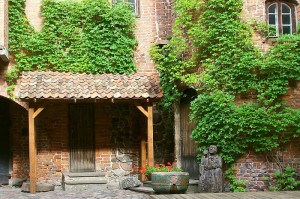 In 1948, the museum’s collections were first made available to visitors. In May 1967, the museum was moved to the rooms in the restored Teutonic castle.
In 1948, the museum’s collections were first made available to visitors. In May 1967, the museum was moved to the rooms in the restored Teutonic castle.
For many years, the museum has been implementing research and educational programs in addition to its statutory tasks, such as collecting collections related to the history of the region, organizing exhibitions, and providing regional education. These programs are funded by the Polish government, other organizations, and the European Union.
An important part of the museum’s activities is research on the archaeological past of the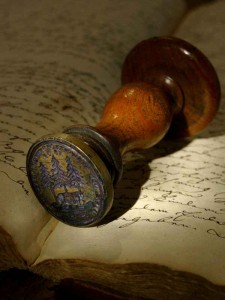 region, the history of the city, the history of East Prussia noble families, the art of the Teutonic Order state, the Duchy of Prussia, and the Kingdom of Prussia. Some of the most interesting research projects carried out at the museum include archaeological research on a 2nd-7th century cemetery in Robawy with ritual horse sacrifices, interdisciplinary research on an early medieval Prussian settlement complex in Poganów (funded by a three-year grant from the Polish National Science Centre from 2012 to 2014), field and archival research on Teutonic defense systems, and a project on the history of the residences of East Prussia noble families.
region, the history of the city, the history of East Prussia noble families, the art of the Teutonic Order state, the Duchy of Prussia, and the Kingdom of Prussia. Some of the most interesting research projects carried out at the museum include archaeological research on a 2nd-7th century cemetery in Robawy with ritual horse sacrifices, interdisciplinary research on an early medieval Prussian settlement complex in Poganów (funded by a three-year grant from the Polish National Science Centre from 2012 to 2014), field and archival research on Teutonic defense systems, and a project on the history of the residences of East Prussia noble families.
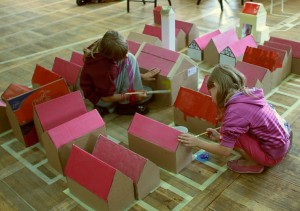 The museum’s educational activities are aimed at both local residents and tourists. The museum focuses on providing information about the region’s rich history, including its multicultural and multiethnic character. In these activities, the museum draws inspiration from the work of its patron, Wojciech Kętrzyński.
The museum’s educational activities are aimed at both local residents and tourists. The museum focuses on providing information about the region’s rich history, including its multicultural and multiethnic character. In these activities, the museum draws inspiration from the work of its patron, Wojciech Kętrzyński.
Since 2006, the museum has been organizing the Medieval Fair at St. James’s in the summer. The fair features workshops on traditional crafts and music, led by performers from Poland and other European countries.
